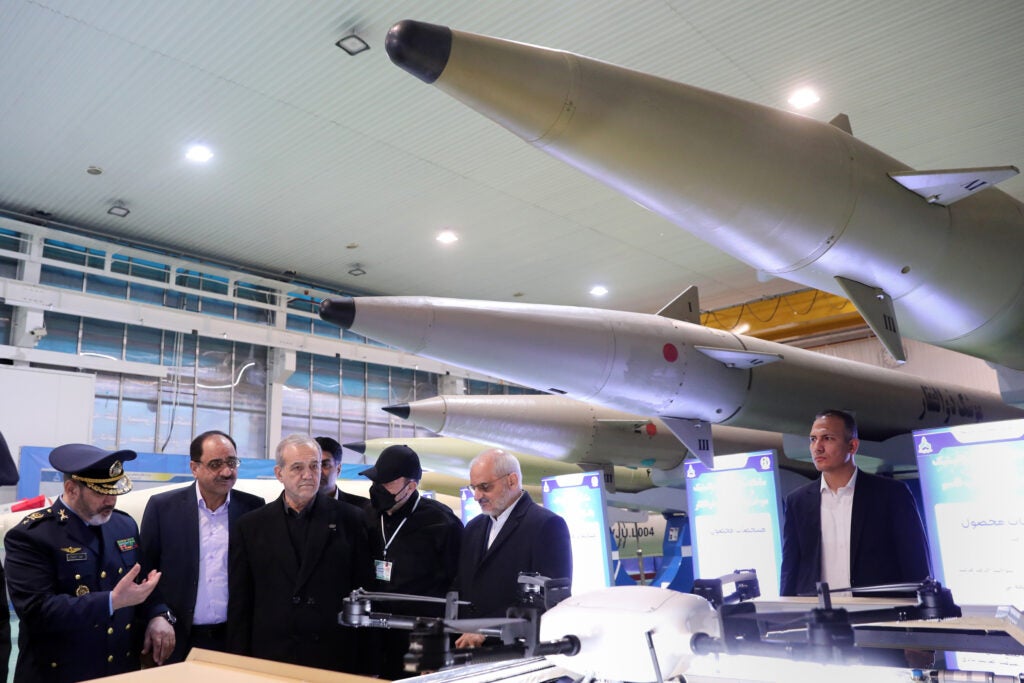Iran Unveils New Etamad Ballistic Missile
Iran has unveiled a new ballistic missile named “Etemad” (meaning “trust” in Persian) during a ceremony in Tehran, on 2 February, attended by President Masoud Pezeshkian. It is an indigenously developed anti-ship cruise missile with a reported range of 1,700 kilometers (1,056 miles), bringing regions of the Middle East, the Arabian Peninsula, and Israel within reach.
The unveiling of the Etemad missile has raised international security concerns, particularly among neighboring countries and global powers with interests in the region. Its range enables Iran to target key areas in Saudi Arabia, Israel, and other Gulf states, complicating defense strategies for these nations and their allies.

This development occurs amidst ongoing tensions over Iran’s missile program and nuclear negotiations with Western countries. With advancements in both ballistic missile technology and nuclear capabilities, Iran’s posture on the global stage could further strain relations with Western powers, particularly the United States, which has imposed sanctions on Iran for its missile development and nuclear ambitions. This has taken on new importance since Iran’s evident impotence following long-range missile attacks on Israel last year. In a televised address, President Masoud Pezeshkian stated that enhancing Iran’s defense capabilities and space technologies is focused on preventing any country from daring to attack Iranian territory.
The Etemad missile measures 16 meters in length with a diameter of 1.25 meters and is equipped with a precision-guided warhead capable of steering until impact. It is believed to have a significant payload capacity, capable of carrying conventional or potentially more advanced warheads. The Etemad missile is built with improved propulsion technology, which likely enhances its speed and maneuverability, making interception more challenging. Its solid-fuel engine provides rapid launch capability, reducing vulnerability to preemptive strikes. This development can be seen as a significant enhancement of Iran’s strategic deterrence and offensive capabilities.

